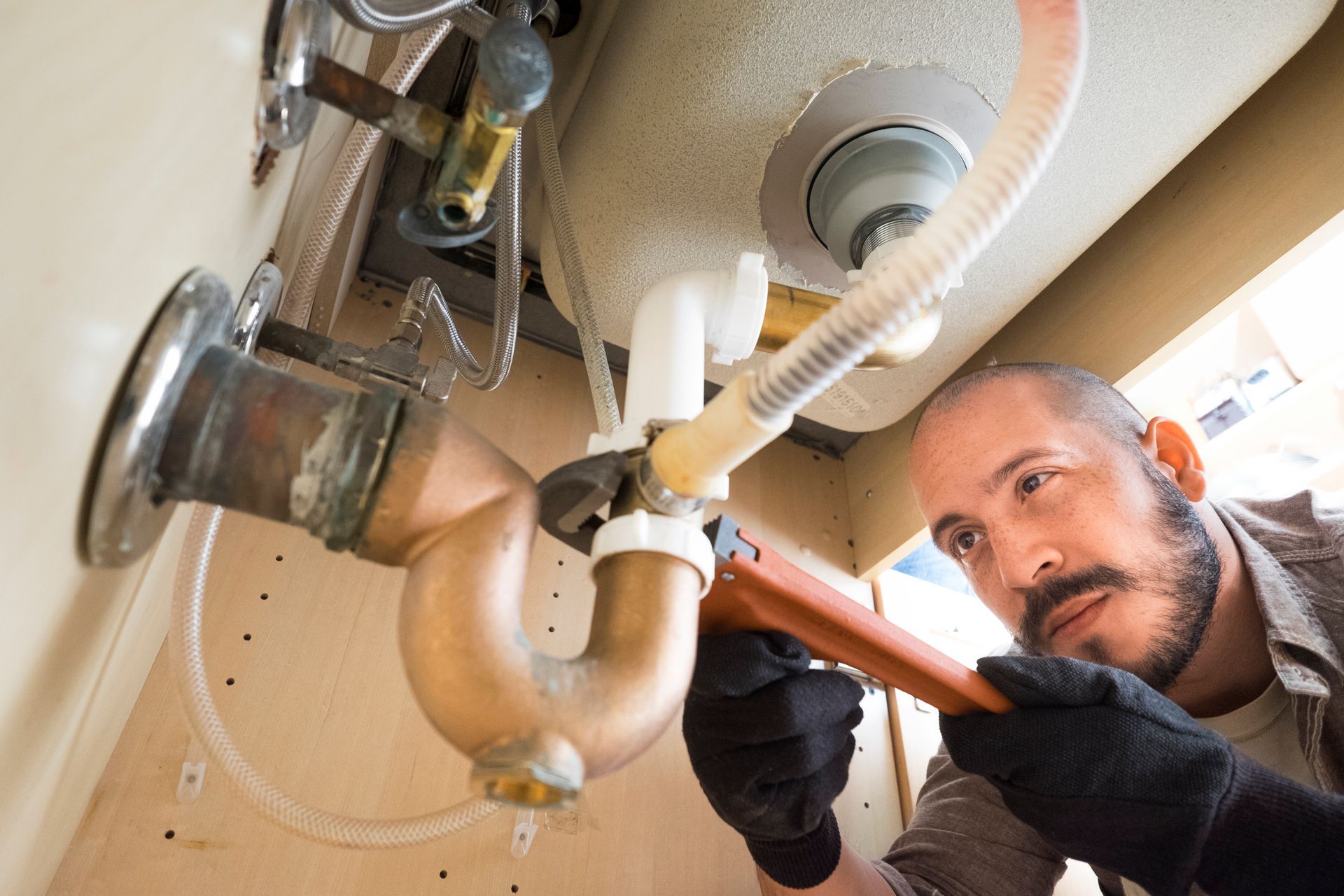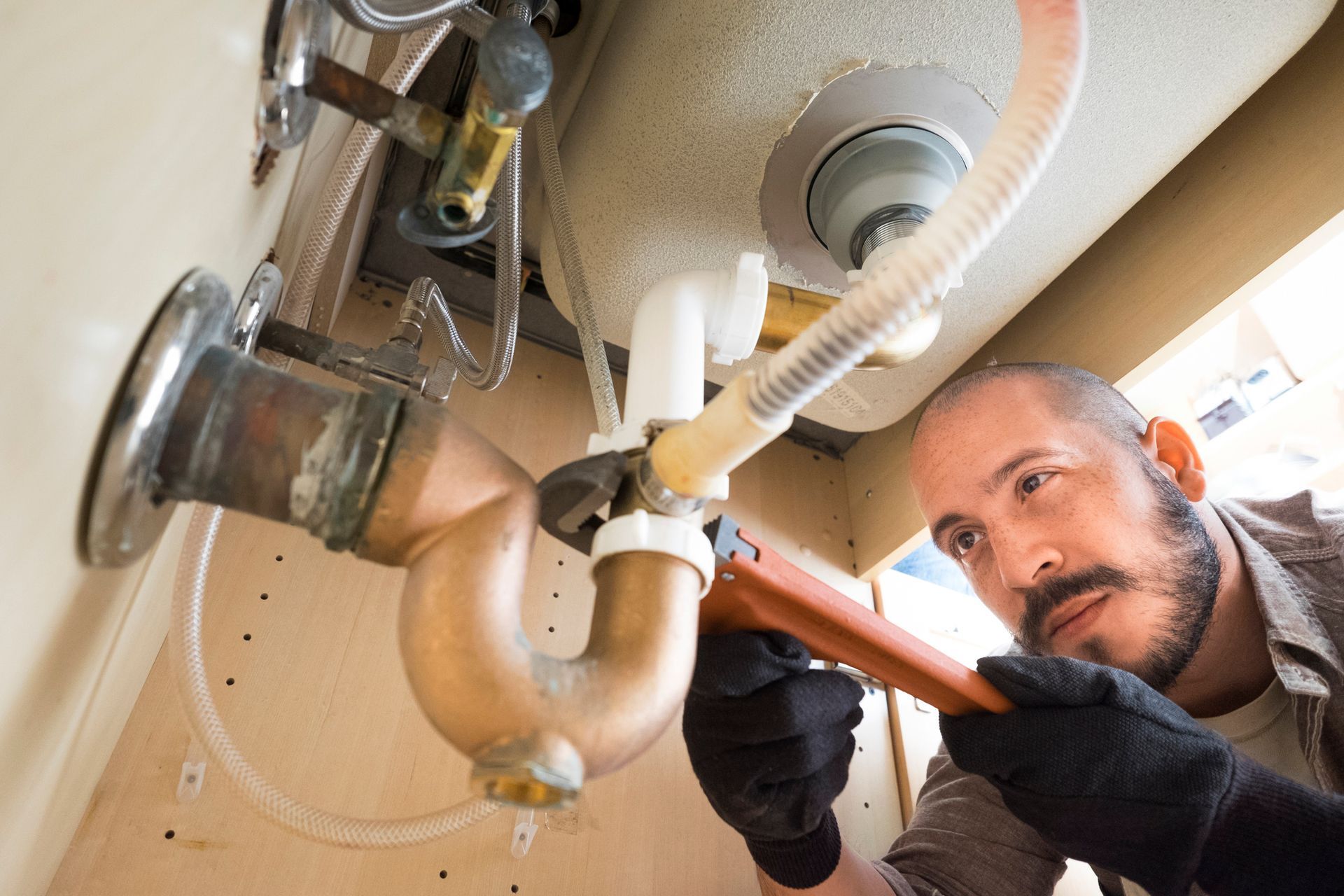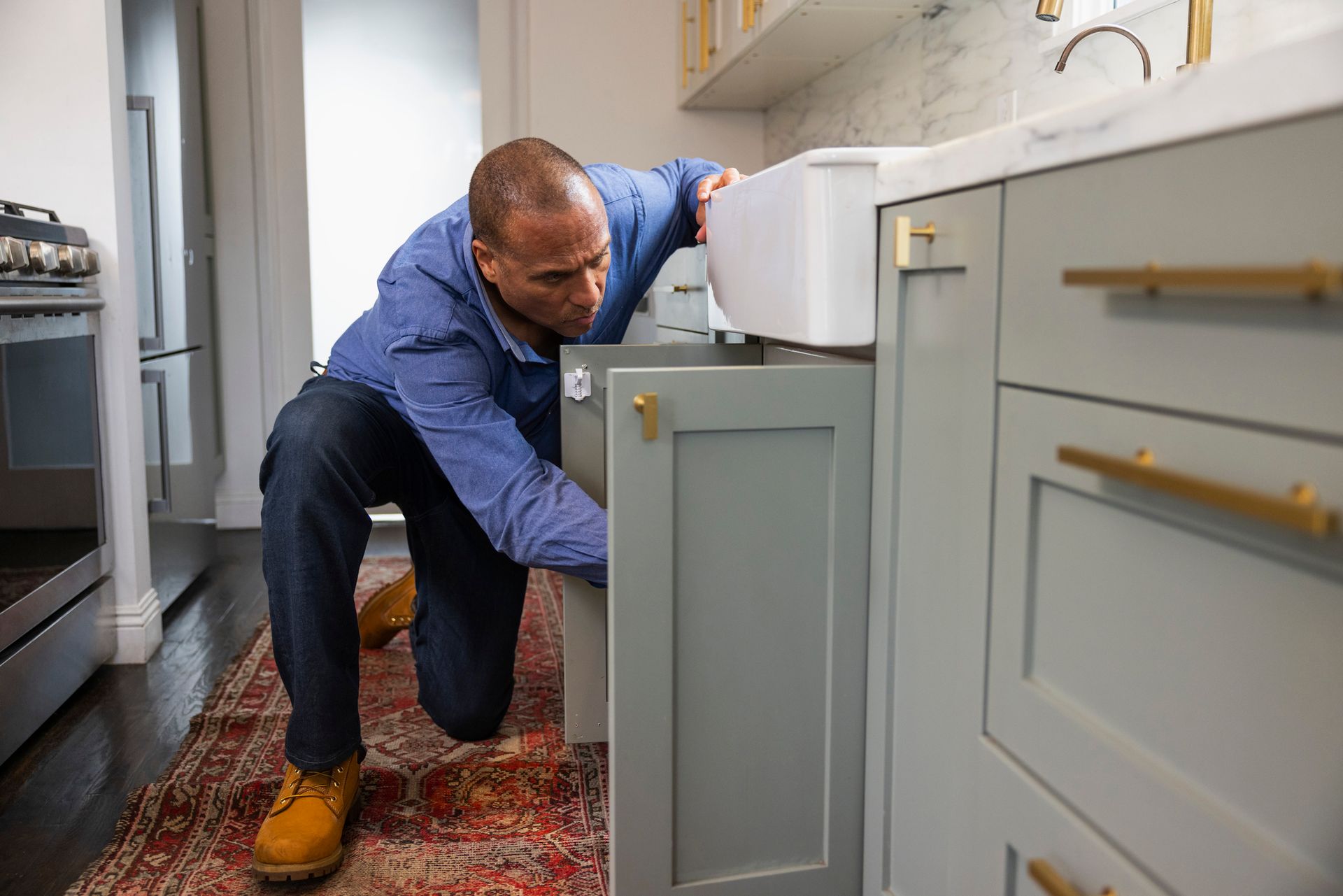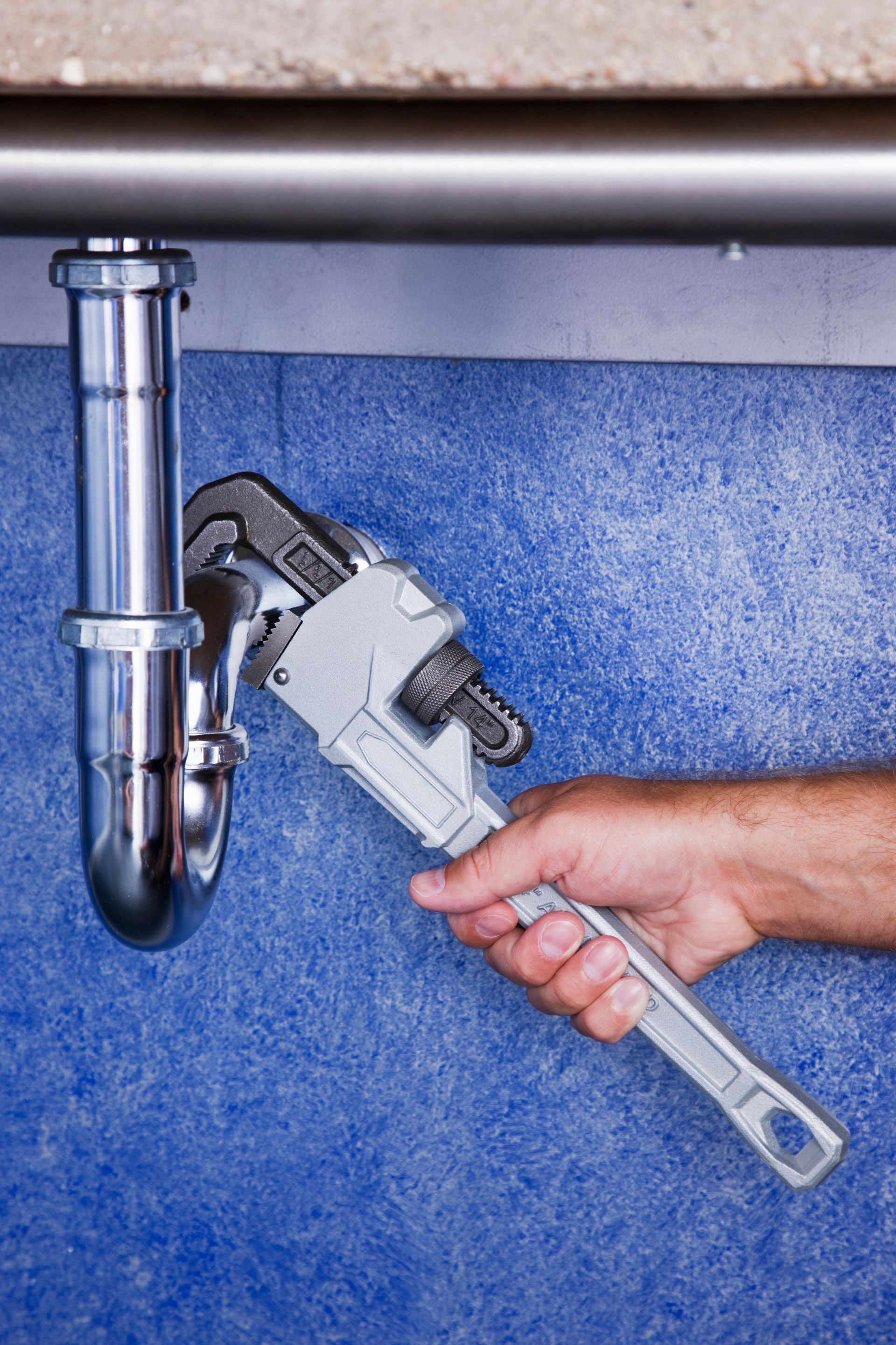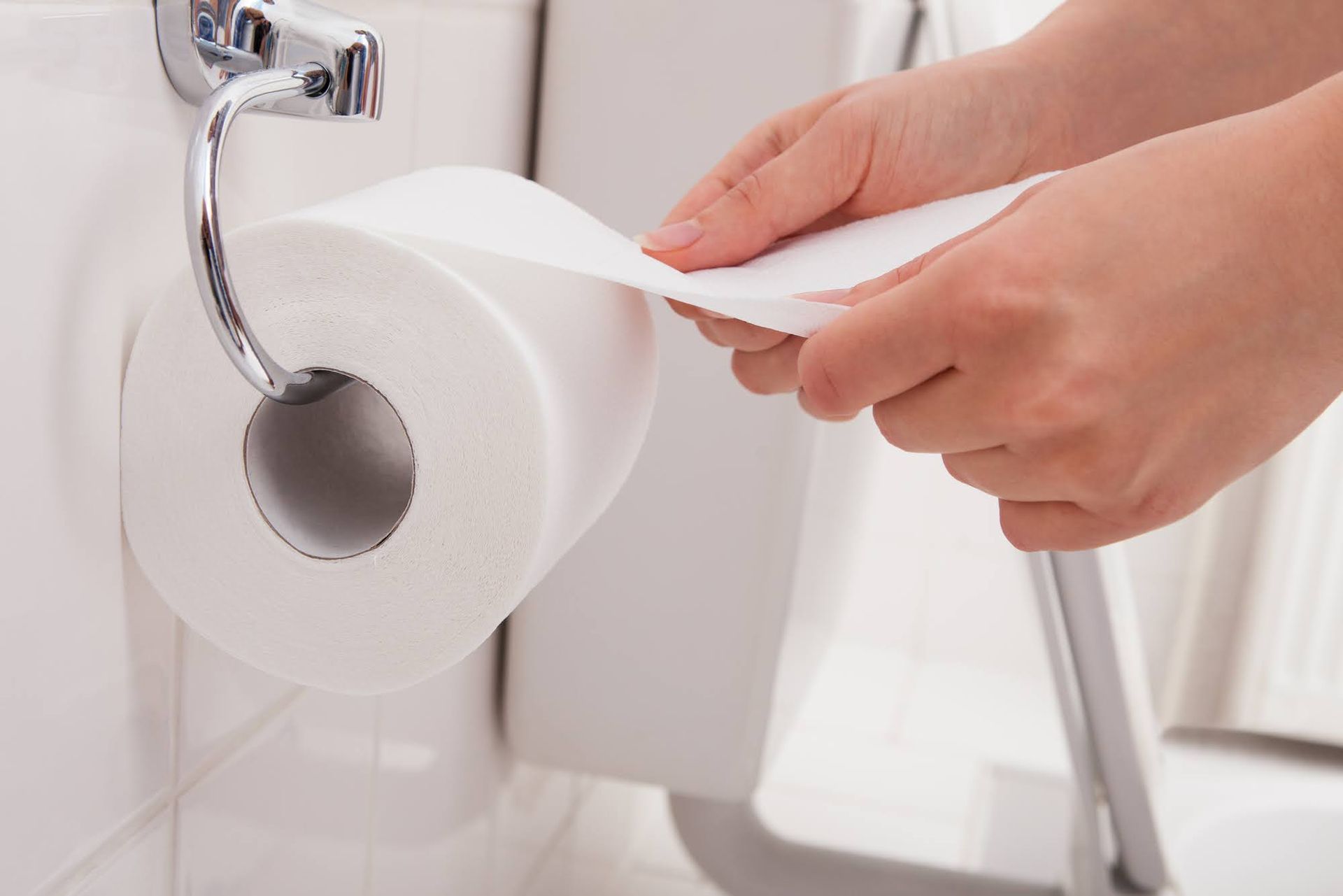Blog
Trees and the Plumbing System: Important Things to Note
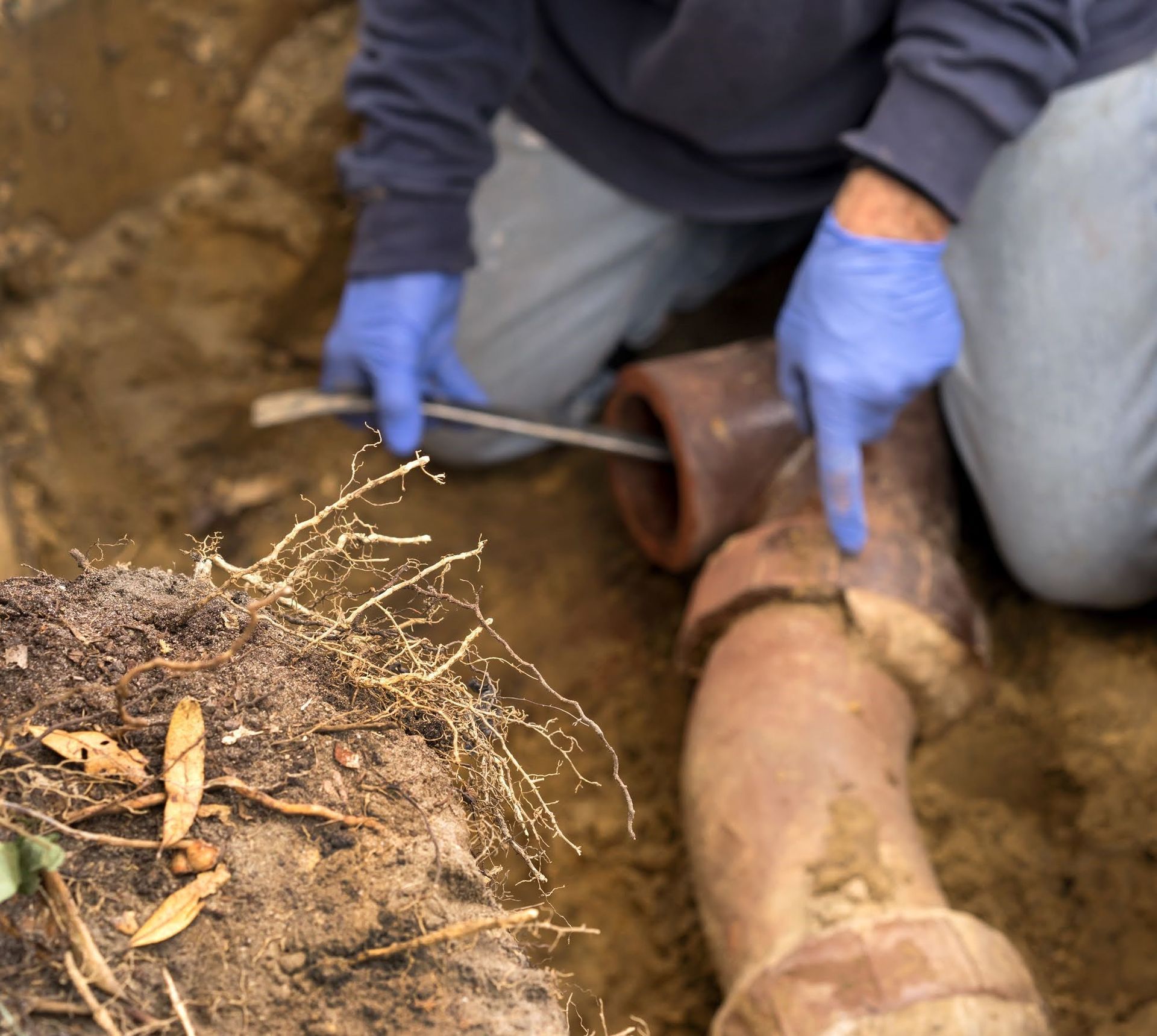
Trees are a great aesthetic addition to any yard. However, if you are not cautious with the type of trees and where you plant them, trees can quickly turn into a source of costly and destructive disasters for your home's plumbing system. This blog explains everything to know about trees and the plumbing system.
How Do Trees Impact the Plumbing System?
Here are some ways in which trees can compromise your plumbing system.
Sewer Leaks
Tree roots grow in search of moisture and may find their way into your sewer line. The tree roots can cause a break or leakage in the sewer pipes as they penetrate the walls of the pipes in search of moisture.
Since the sewer line carries wastewater from your household, a sewer leak can significantly affect the air quality in your home and create a health hazard due to wastewater backups. If not addressed immediately, the leaking sewage can even cause extensive damage to your house's foundation.
Clogged Drains
When tree roots find their way into drains, the roots can cause clogging. The reason is that the roots take up the space in the drains and prevent water from flowing.
Consequently, you may notice slow-draining sinks and showers since water will have restricted passage. Clogs may also cause awful odors from decomposing debris, and you may even experience wastewater backups since the water won't have anywhere to go. You may also notice odd sounds in your drainage system to indicate clogs that interfere with water flow.
How Do You Save Your Plumbing System From Tree Damage?
Luckily, you don't need to give up entirely on trees to protect your drains and sewer line. Instead, discover some helpful tips to have both the trees and an efficient plumbing system.
Watch the Distance
The location of your trees is an essential factor. For example, planting trees too close to your drains increases the risk of root intrusion. Therefore, ensure you only plant trees within the recommended distance from your drains and sewer line.
Watch the Tree Types
Not every tree species threatens the plumbing system. However, some species are more prone to root invasions than others.
For example, you should plant trees with aggressive roots like willows and silver maple far away from your sewer line and drains, or avoid the trees altogether. On the other hand, trees with shallow roots, such as smoke and ginkgo, do not expand their roots far enough to reach the plumbing system.
Use PVC Pipes
You can replace your old clay pipes with polyvinyl chloride (PVC) lines. PVC pipes are sturdier, which makes the pipes resistant to root intrusions.
Maintain the Trees
Besides roots, some trees, such as oak, release sap, which can cause clogs in your pipes. Additionally, leaves from trees can also find their way into the drains and cause blockages. Therefore, keep your trees tidy to reduce the chances of sap and leaves falling into the drains or sewer line.
Maintain the Plumbing System
Tree roots can invade your pipes and drains through cracks, broken joints, and other vulnerable areas. Therefore, you can prevent such issues through regular and proper maintenance.
Additionally, if you have an old plumbing system, you may need to have a plumber inspect the pipes and repair any breaks or cracks before they become an issue. The specialists have the tools and technology to see through the pipes and detect any signs of root intrusion before the issue gets out of hand.
You can count on us at Complete Plumbing for all your plumbing needs. We are industry leaders in providing quality and reliable services to our customers. We have an experienced team of professionals who can help you maintain optimal plumbing conditions or repair any damages caused by tree roots and debris. Contact us for a consultation.
Installation
Services
and Military Discount



